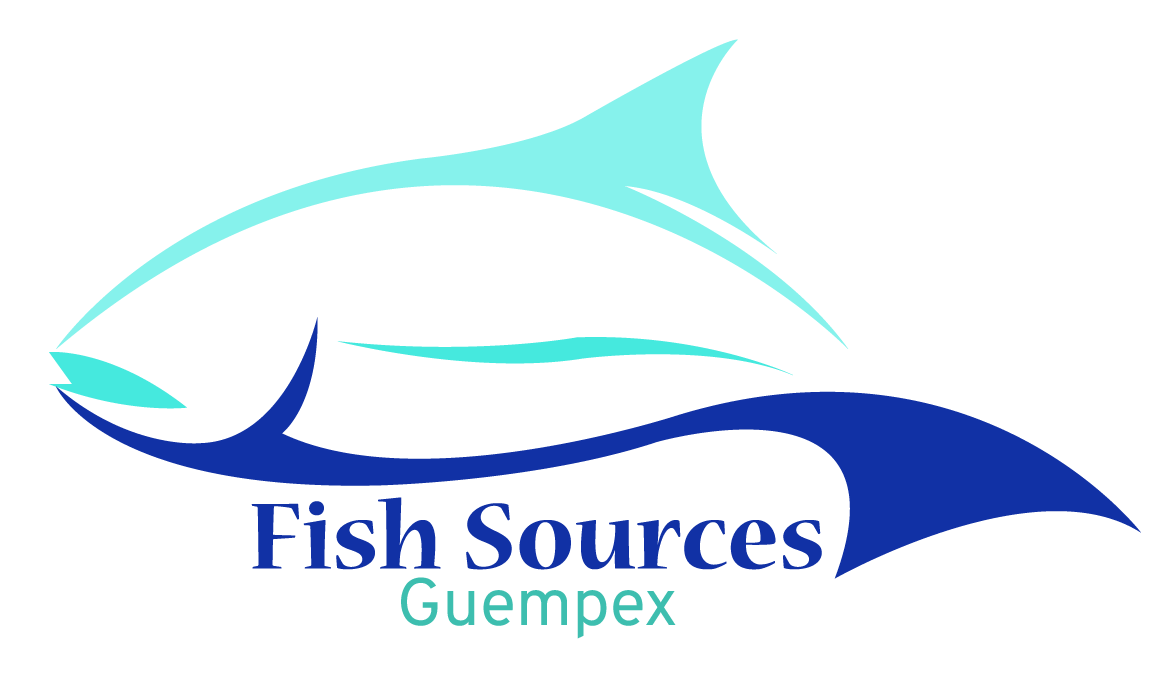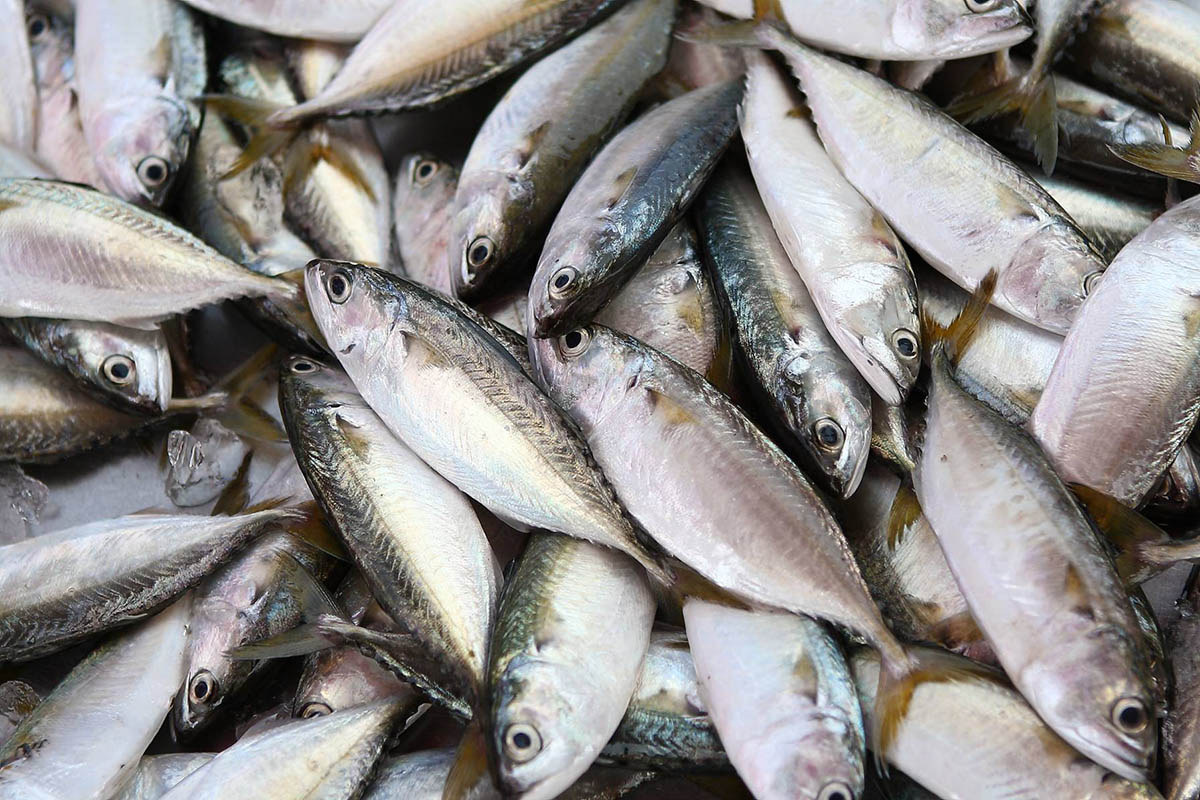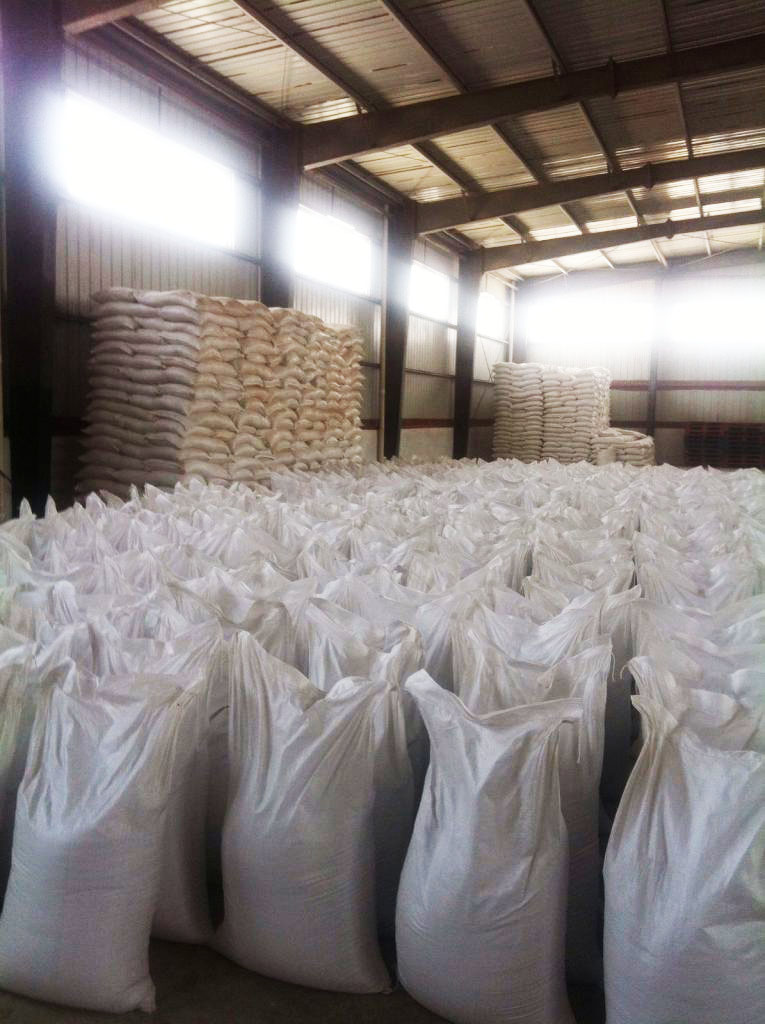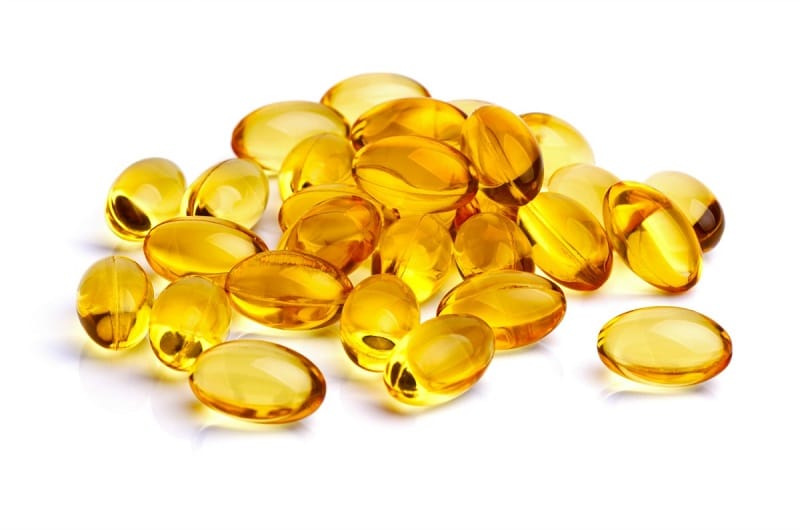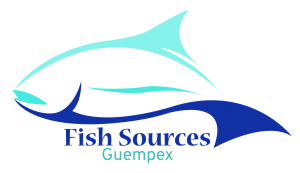Fish meal is a commercial product mostly made from fish that are not used for human consumption; Though formerly important as a fertilizer, fish meal is now primarily used in animal feed—especially for poultry, swine, mink, farm-raised fish, and pets. Because it is calorically dense and cheap to produce, fishmeal has played a critical role in the growth of factory farms and the number of farm animals it is possible to breed and feed.
Fish meal is obtained by cooking, pressing, drying, and milling fresh raw fish or fish trimmings. Fish meal is a more or less coarse brown flour.
The three major sources of fish meal are:
- fish stocks harvested specifically for this purpose: small, bony and oily fish such as anchovy, horse mackerel, menhaden, capelin, sandeel, blue whiting, herring, pollack…
- by-catches from other fisheries;
- trimmings and offal leftover from fish processed for human consumption.
Fish meal is an excellent source of highly digestible protein, long chain omega-3 fatty acids (EPA and DHA) and essential vitamins and minerals.. One kilo of this product contains metabolizable energy from 10 to 14.5 MJ and up to 700 g of digestible protein.
